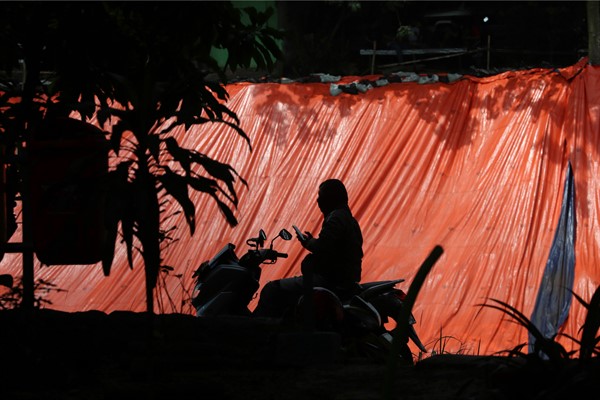Southeast Asian countries, already struggling to contain the spread of the novel coronavirus, are bracing for a new surge of COVID-19 cases. Most countries in the region, with the exception of Singapore and Vietnam, had sluggish initial responses to the virus. Most also are poor or middle-income states, which lack public health systems that can effectively track and trace coronavirus patients. Malaysia now has more than 5,000 known COVID-19 cases, although the true number is probably much higher, while the Philippines and Indonesia also have more than 5,000 known cases. With minimal testing in Indonesia, the region’s most populous country, the real number of cases there remains unknown. Even the best performers in Southeast Asia—Singapore and Vietnam, both of which attacked the virus early—have seen a new spike in cases recently.
While preparing for a new wave of infections, these countries also face enormous damage to their economies, which are centered on tourism and export-oriented industries like manufacturing. They are also largely dependent on trade with China and other developed countries where demand has taken a hit from the pandemic. Whether Southeast Asia can reduce the virus’s economic damage while also protecting their populations’ health will offer lessons for other low- to middle-income countries battling this pandemic.
As COVID-19 began to spread beyond China in January, countries in Southeast Asia moved slowly to shut down travel to and from China, the region’s biggest source of tourists and most important trading partner. Many Southeast Asian leaders ignored advice from their own health experts and downplayed the virus, avoiding the implementation of social distancing measures. Myanmar’s leader, Aung San Suu Kyi, even claimed in mid-March that “no one in our country is infected with COVID-19.” Zaw Htay, a Myanmar government spokesman, added that the country would be protected from COVID-19 by the Myanmar “lifestyle and diet.” The government admitted soon after that it did indeed have COVID-19 cases, yet still moved slowly to implement containment measures.

